A Bankruptcy of Stewardship
A Challenge to Governor Christie and the Legislature
Today, we do another Guest Post, by retired DEP professional William Honachefsky, P.L.S., P.P., QEP.
Bill has seen it all – his experience goes back over 50 years, starting in 1961 with DEP’s predecessor, the Department of Conservation and Economic Development. Bill was there at DEP’s inception and has worked in land use and water resources planning, permitting and enforcement programs.
We invite and welcome submissions by retired and active agency professionals, and of course will maintain confidentiality and allow writers to post anonymously. If interested in a Guest post, you can send it to me at Bill_Wolfe (at) comcast (dot) net.
By William Honachefsky, P.L.S., P.P., QEP
The intensity at which the State’s legislators and Governor’s office seem driven to destroy (See especially Senate Bill S3156 and Assembly Bill A4335 [Ed. Note: the WQMP bill has since been signed into law]) or at the least emasculate, 41 years of the State’s hard won environmental protection laws, rules and regulations is not only unsettling, it’s mind boggling, and quite frankly one has to wonder if the state legislature and the executive branches of government have completely lost their minds.
In 1987 Gordon Bishop, one of the state’s respected environmental journalists at the time, opined that;
New Jersey is conspicuously perched at the tip of the population needle. More people, cars, buildings, roads, pipes and wires are crammed per square mile within this confined space than in any state in the nation. Wherever America is going in the 21st century, New Jersey will get there first on those indices that define the quality of life.
Other states, and even some nations, much less densely populated, have looked to New Jersey for a glimpse of their own future. If Mr. Bishop’s prediction, that as New Jersey goes, so goes the Nation, proves accurate, then we all have significant reason to be alarmed over our future quality of life, especially given these latest, legislative initiatives designed, perhaps unwittingly, to unravel an already tattered and stressed life supporting ecological infrastructure combined as an intricate web of air, soil, water and geology.
During 37 of those 41 years of promulgation of the State’s environmentally protective legislation and consequent rules and regulations I worked for the New Jersey Department of Environmental Protection, serving under everyone of the DEP’s Commissioners appointed since the DEP’s inception, including the current Mr. Martin, and 30-40 Deputy and Assistant Commissioners. Prior to that, in 1961 through 1963, I had the privilege of working for the NJDEP’s predecessor, the Department of Conservation and Economic Development, helping construct Spruce Run Reservoir.
In those later three and one half decades of employment with NJDEP, I participated in various permitting, planning, enforcement, emergency response, inspection, and monitoring and assessment programs. In this same time period I collected and analyzed thousands of soil, sediment, water, air, sewage treatment plant, and industrial waste samples from throughout the State. The latter industrial waste samples often collected at sites later to become some of the state’s most toxic superfund sites.
Having had such an intimate, prolonged, and unique immersion in the development and operation of the NJDEP’s mandated environmental protection programs it is clear that both legislative and executive branch sponsors really do not understand the full consequences of the dar journey they are about to undertake, especially if bills S3156 and A4335 are passed and the Governor’s Executive Orders and disruptive political appointments to the Highlands Council continue unchallenged.
Make no mistake about it, the battered condition of the State’s ecological infrastructure that existed on Earth Day in 1970 has improved, but not so significantly that we can now relax our rules and regulations even for a moment. We learned the hard way for example;
1) that disposing of our toxic industrial wastes by dumping them onto and into the ground and landfills would eventually bring those toxic materials into our drinking water wells and into our homes, and which, in some instances, still defy remediation;
2) that despite limitations set forth in NJPDES municipal and industrial waste discharge permits to the state’s waterways, we had forgotten to simultaneously evaluate the assimilative capacity of those receiving waterways and the impacts on the organisms (fish, benthic macroinvertebrates and amphibians) that call those waterways home. That has been remedied by the establishment of extensive ambient chemical monitoring, lake monitoring, fish monitoring and benthic macroinvertebrate monitoring networks throughout the State;
3) that some permittees will covertly cheat on their permit limits, or more often learn how to defeat those limits by manipulating their flows or processes, both of which would go undetected without consistent inspections and sampling by NJDEP enforcement staff an undertaking becoming more difficult as DEP staff continues to be cut;
4) that the expansion of human development and the prodigious amounts of impervious cover it produces (i.e. roadways, sidewalks, rooftops, parking areas and lawns)once overlain on the land, will eventually slough off a cocktail of toxic chemicals, excessive nutrients, dangerous bacteria and recently identified chemical compounds such as prescribed medicines, illegal drugs, and personal care products;
5) that our great experiment with stormwater control structures to reduce contaminants in runoff and reduce the total volume of runoff has promised more than it can or has delivered, and we therefore need to seriously take a step back and re-examine our effort in this regard before we go off promoting more and more land development. If you remain unconvinced in this regard, talk to those living near the Passaic, Pompton and Raritan Rivers;
6) that a piecemeal, case by case approval of new sanitary sewer connections or extensions can severely disrupt and potentially truncate the long range goals embodied in municipal Master Plans and at the same time expand an existing inventory of aging sanitary sewerlines already in dire need of a repair or replacement, so exorbitant, that it could lead to the State’s bankruptcy;
7) that promoting development in pristine, upland watersheds will eventually result in the accumulation, transportation and delivery of water to downstream users, particularly potable water purveyors, laced with contaminants which cannot be removed without substantial added expense, thereby driving up costs to the user, and finally;
8 ) that environmentally protective laws, rules and regulations did not cause the current economical malaise, and will not in any way, shape or form cure it.
Much of the NJDEP’s time was also spent trying to restore portions of the State’s ecological infrastructure that had been terribly abused for over a 100 years or more by our unwitting predecessors, particularly in the Northeast and Southwest regions of the State. That effort has been difficult, exhausting and, quite frankly, in many instances remains undoable.
Make no mistake DEP staff have learned these lessons and many more, often despite policies, imposed upon them by revolving door Commissioners bearing political agendas that are often counterintuitive to the fundamentals of environmental protection.
I therefore wish to make the following proposals and challenges to the sponsors of Bills S3156 and A4335 and other legislators, and the Governor as well:
a) Meet me on any stream of your choice, in your respective jurisdictions, and I will show you firsthand the damage that is continuing to occur on the State’s waterways and which will worsen as a consequence of the proposals set forth in your respective Bills. It is the dirty little secret kept hidden in sequestered Stressor Identification studies completed by NJDEP’s Water Monitoring and Standards Element 2 years ago. I challenge you to try to pry those studies free from NJDEP, something the public has been unable to do.
b) Delay the vote on or withdraw Bills S3156 and A4335 until you have perused the data assessments of the status of stream water quality, lake water quality, fish life and stream insects throughout the State, to be found on the NJDEP’s Water Monitoring and Assessment Element’s website. You may be surprised to find that streams within your district are at a critical tipping point and highly susceptible to the coup de grace which will surely be delivered by your proposed Bills.
I find it fitting to close with the following relevant quote from Stuart Udall’s 1963 book the “Quiet Crisis”:
‘The economic bankruptcy that gnawed at our country’s vitals after 1929 was closely related to a bankruptcy of land stewardship. The buzzards of the raiders had, at last, come back to roost, and for each bank failure, there were land failures by the hundreds. In a sense the Great Depression, was a bill collector sent by nature, and the dark tidings were borne on every silt laden stream and every dust cloud that darkened the horizon.”
Now is the time to prove to your constituents, other than special interests, and especially our children and those to follow, that yes, while we were in charge, we were good stewards of the land, and not its enemy.
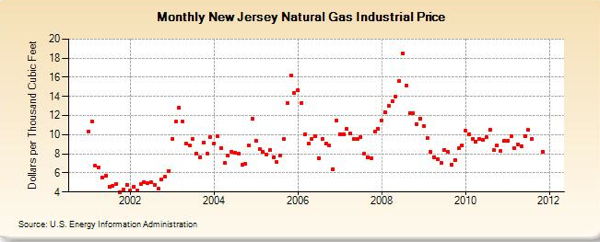
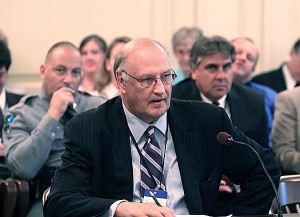


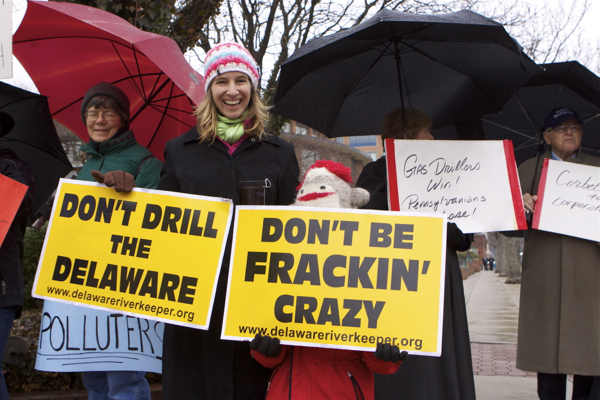

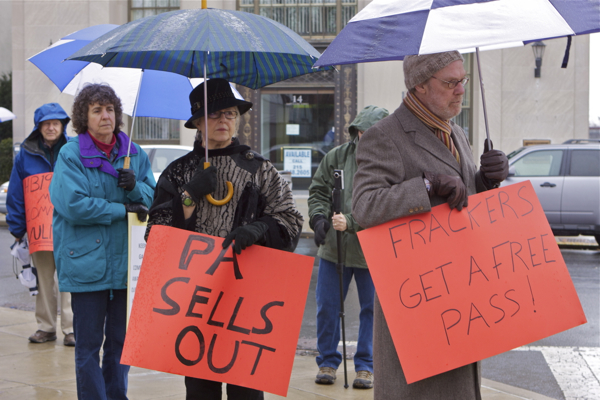
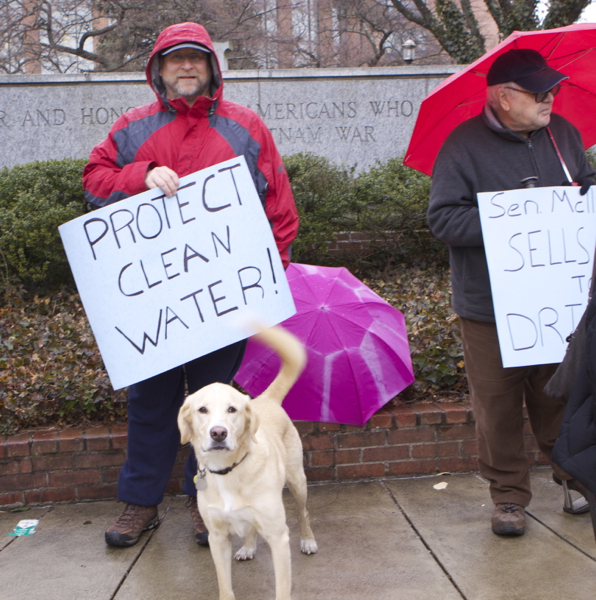
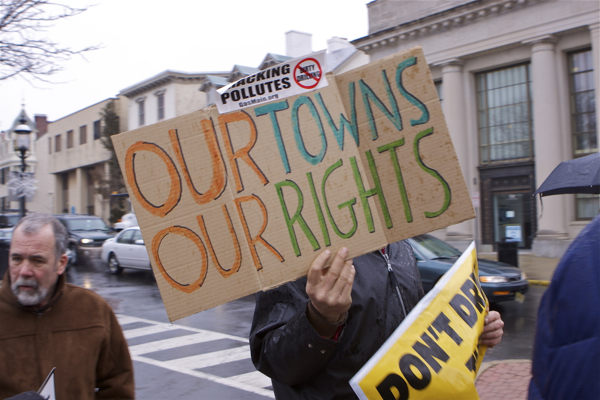
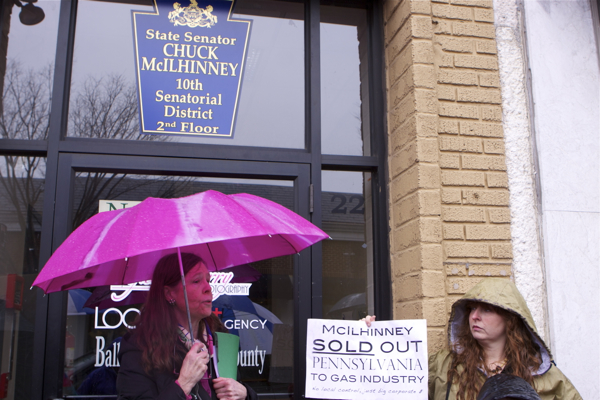
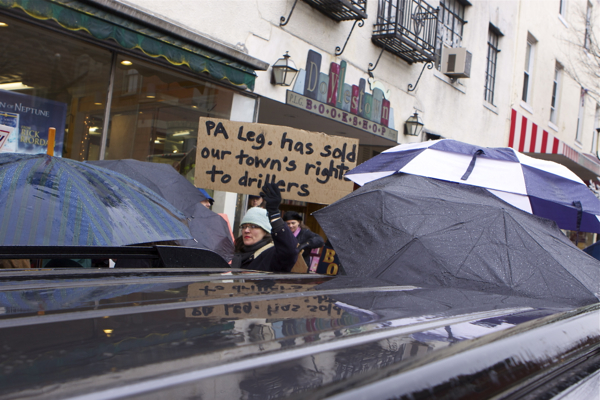

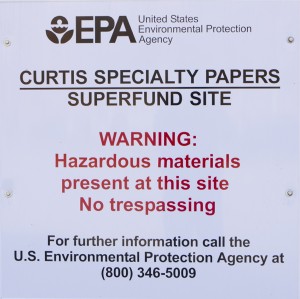 From our good
From our good EPA Administrator Lisa Jackson held a press conference call to brief reporters on President Obama’s FY 2013 proposed EPA budget.
EPA Administrator Lisa Jackson held a press conference call to brief reporters on President Obama’s FY 2013 proposed EPA budget.